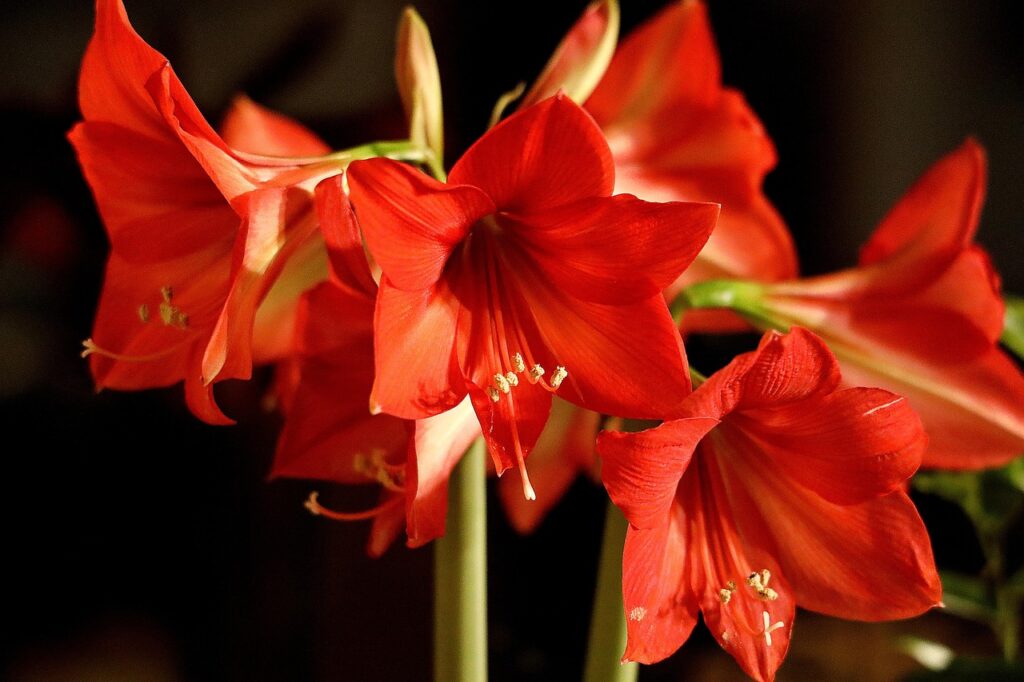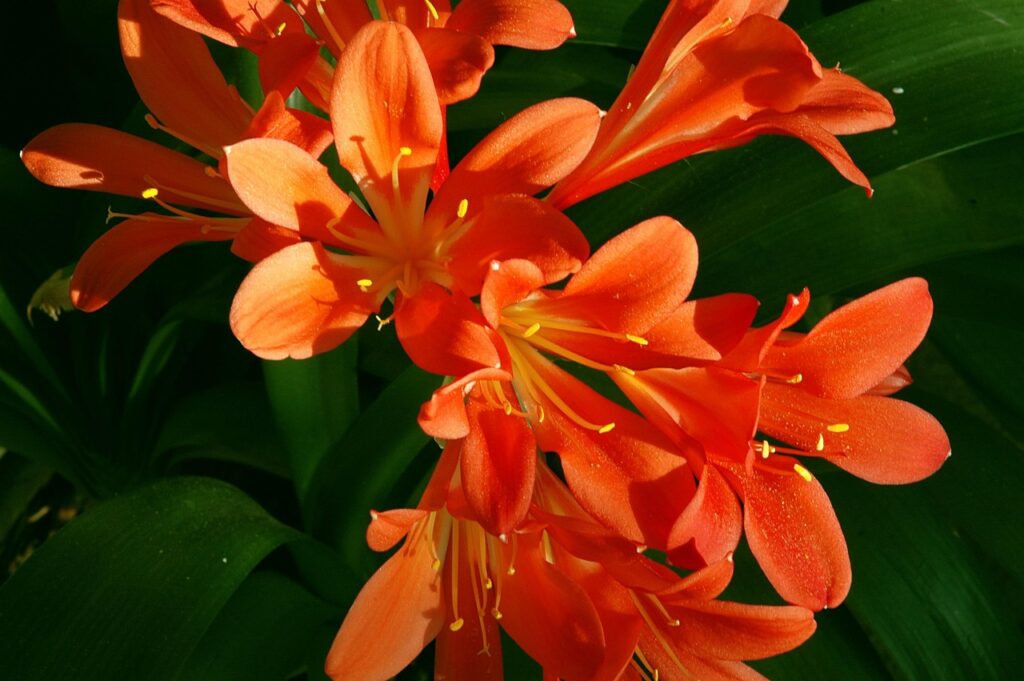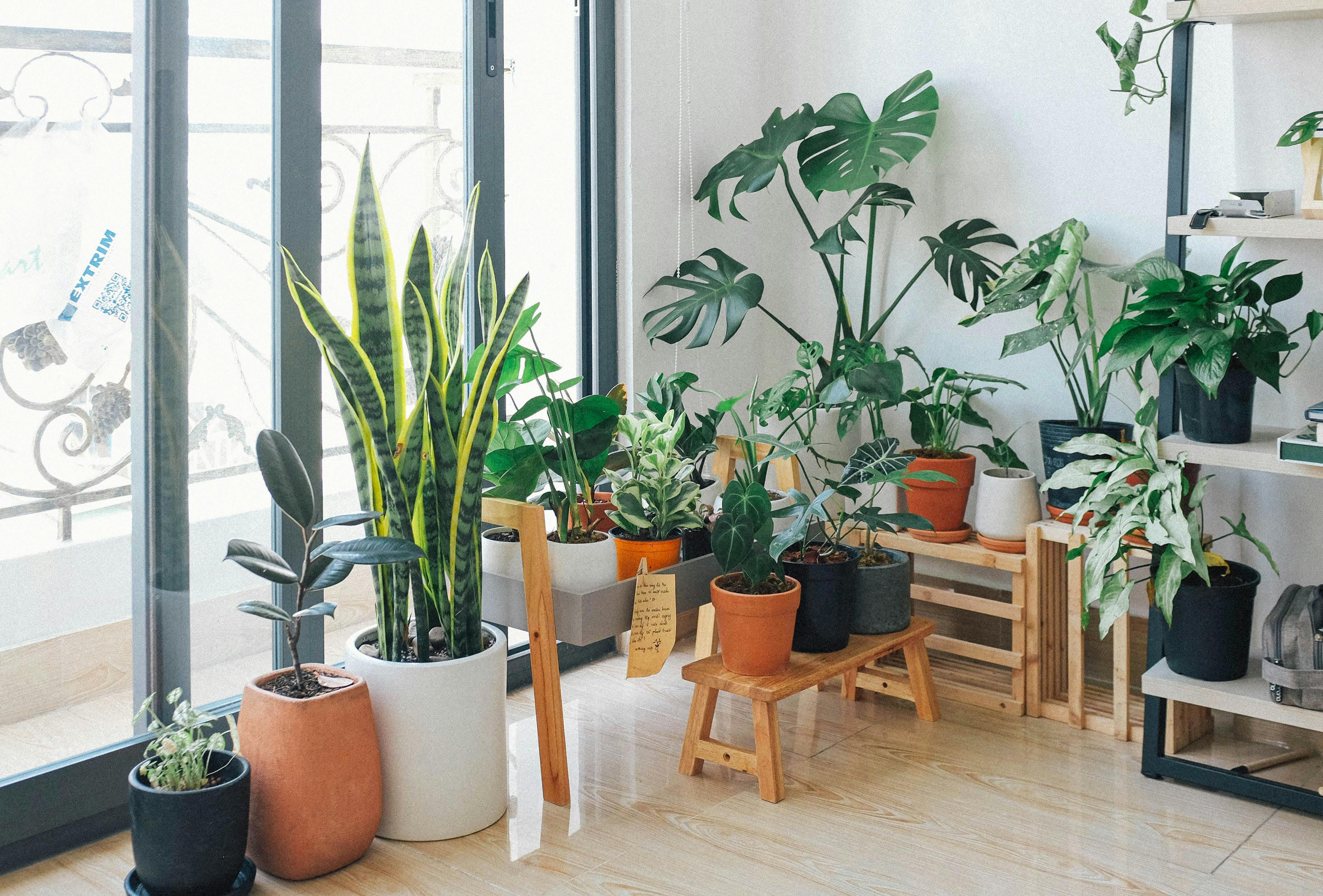
Houseplants can add undeniable beauty and a refreshing touch of nature to our living spaces, transforming a simple room into a vibrant, serene oasis. For many of us, the sight of lush greenery not only brightens our homes but can also contribute to improved air quality, fostering a sense of well-being that truly enhances daily life. It’s a joy to cultivate these green companions, watching them grow and thrive within our personal sanctuaries.
However, amidst this botanical bliss, a silent and often overlooked danger lurks for our beloved furry family members. Especially for those curious indoor cats and dogs, who possess an innate tendency to gravitate toward anything green, certain plants can pose a serious threat to their health. With over 700 indoor/outdoor plants containing toxic substances that are not safe for your dog or cat, it becomes a crucial responsibility for homeowners to be well-informed and vigilant. The peace and tranquility plants bring should never come at the cost of our pets’ safety.
This comprehensive guide aims to shed light on some of the most common toxic houseplants, providing you with the essential knowledge needed to protect your cherished companions. We’ll explore what makes these seemingly innocent plants harmful, the tell-tale symptoms of ingestion, and practical steps you can take to prevent any potential harm. Our goal is to empower you to create a home that is both aesthetically pleasing and, most importantly, a safe haven for every member of your family, including the four-legged ones.
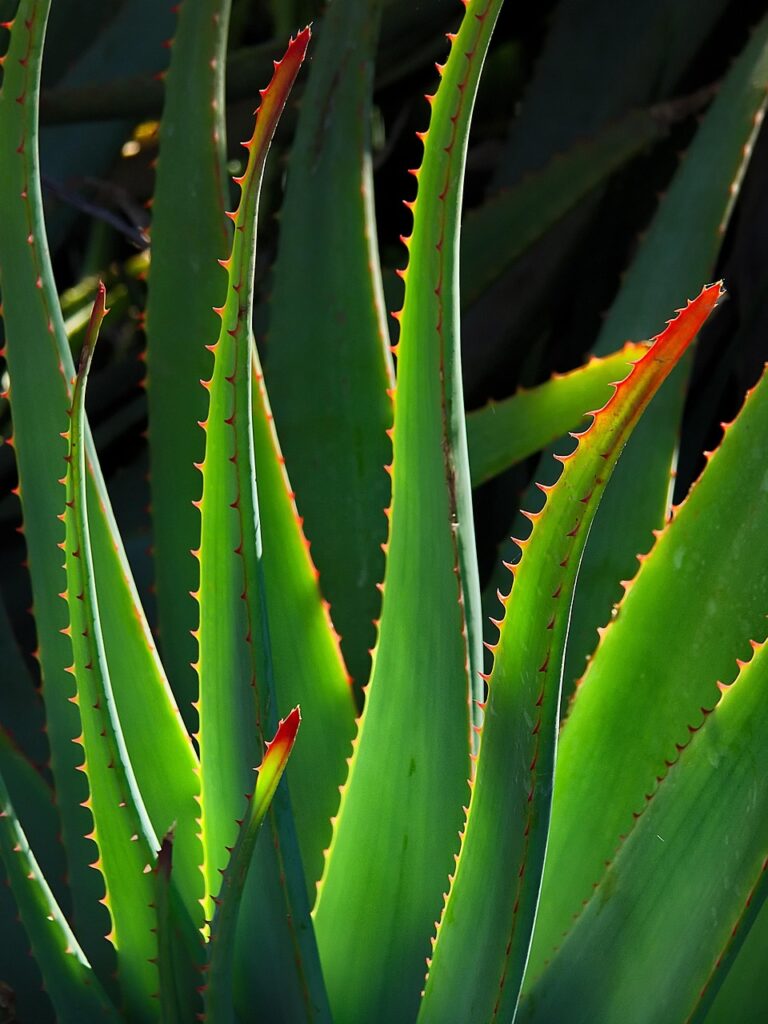
1. **Aloe Vera**:Aloe Vera, a ubiquitous succulent celebrated across countless households for its remarkable medicinal properties, holds a surprising duality when it comes to our pets. While its soothing gel is a popular go-to for human burns and skin irritations, the plant itself harbors compounds that can be highly toxic to our canine and feline friends. This widely popular indoor plant, available in over 300 varieties, presents a hidden danger that every pet owner needs to understand clearly.
The primary culprits behind Aloe Vera’s toxicity are saponins and anthraquinone phytotoxins, specifically anthraquinone glycoside. These substances, particularly concentrated in the white latex found within the leaves, act as a laxative. While a small nibble might not always lead to severe harm, ingesting a significant amount, especially the part containing the white latex, can lead to a range of uncomfortable and distressing symptoms for your pet.
If a curious pet decides to sample this plant, homeowners should be vigilant for signs such as vomiting, diarrhea, and a general sense of lethargy. In some cases, pets might also exhibit tremors or a noticeable change in urine color, indicating a more significant reaction to the toxic compounds. It’s important to distinguish that the clear gel used for topical applications is typically not problematic, but the whole plant, with its potentially appealing spiky leaves, is the concern.
Given its pervasive presence in homes and its attractive green spikes, it’s imperative to take preventative measures. To ensure your beloved pets remain safe and sound, consider placing Aloe Vera plants on high shelves or in rooms that are entirely inaccessible to them. Being proactive about plant placement can prevent an accidental ingestion and save your pet from unnecessary discomfort and a potential trip to the vet, allowing you to enjoy the plant’s beauty without worry.
Read more about: Making Coffee? 10 Dairy Alternatives We’re Definitely Tasting Twice.
2. **Amaryllis**:The Amaryllis, with its stunning, trumpet-shaped blooms, is a truly captivating sight, often brought indoors during winter months to force its beautiful flowering. These pretty flowers add a dramatic splash of color and elegance to any home, making them a popular choice for seasonal decoration. However, beneath their charming exterior lies a significant threat to our cherished household pets, a danger that pet owners must be acutely aware of to protect their furry companions.
The toxic compounds within Amaryllis plants, predominantly lycorine and other harmful alkaloids, are present in all parts of the plant – leaves, stems, and especially the bulbs, which are the most poisonous. The plant’s broad, drooping leaves can be particularly enticing and difficult for pets, especially cats, to resist, making accidental ingestion a common concern for the more than 90 different species of Amaryllis.
Should a pet ingest any part of an Amaryllis, the symptoms can range from mild to severe, demanding immediate attention. Owners should look out for signs such as stomach pain, excessive drooling, tremors, and bouts of vomiting and diarrhea. More serious reactions might include depression, abdominal pain, hypersalivation, anorexia, and even difficulty breathing, indicating a more significant toxic exposure that requires prompt veterinary intervention.
Given the Amaryllis’s inherent toxicity and its allure to curious animals, prevention is undoubtedly the best approach. It is strongly advised to keep these plants tucked far away and out of reach from pets. This might mean placing them on high shelves, in secured rooms, or opting for pet-safe decorative alternatives if you have particularly inquisitive pets. Prioritizing prevention ensures the beauty of the Amaryllis doesn’t overshadow the well-being and safety of your animal companions.
Read more about: Unlocking Your Green Thumb: Essential Care Secrets for Thriving Houseplants, According to Experts
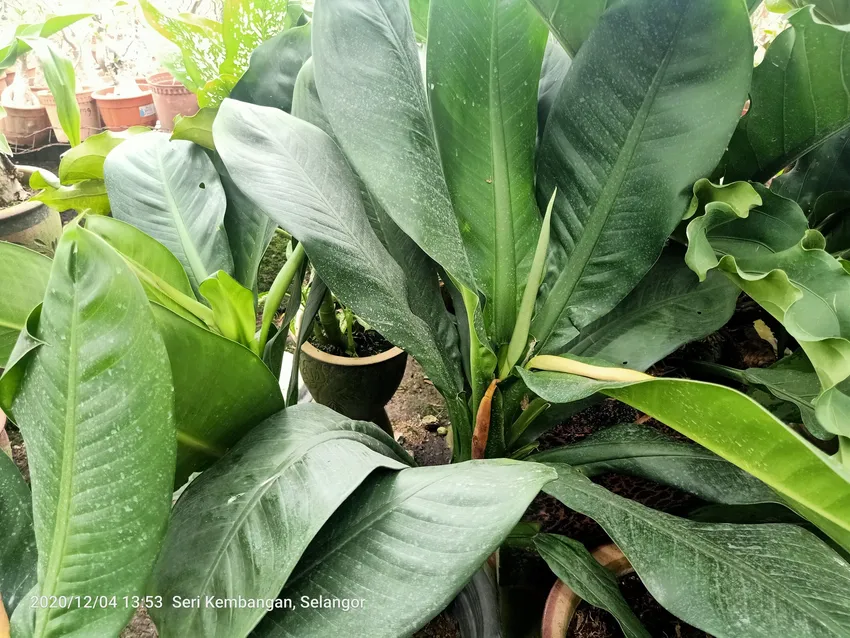
3. **Dieffenbachia (Dumb Cane)**:Dieffenbachia, often affectionately known as Dumb Cane, is a perennial favorite among houseplant enthusiasts, revered for its strikingly patterned and lush foliage that instantly adds a tropical flair to any indoor space. Its aesthetic appeal is undeniable, making it a common decorative choice. However, behind its captivating appearance lies a significant hazard to pets, one that has earned it its rather ominous common name due to the profound effects it can have if ingested.
The danger of Dieffenbachia stems from the presence of insoluble calcium oxalate crystals and proteolytic enzymes found throughout the plant. When a pet chews on Dieffenbachia, these needle-like crystals are released and embed themselves into the sensitive tissues of the mouth, tongue, and throat. This immediately causes an intense burning sensation and severe irritation, prompting the pet to often stop eating the plant due to the profound discomfort.
The symptoms that follow ingestion are unmistakable and distressing. Pets will typically experience oral burns, significant pain, and noticeable swelling of the mouth, tongue, throat, and lips. This intense irritation leads to excessive drooling and can cause considerable difficulty in swallowing, making it painful to eat or drink. Vomiting, diarrhea, and lethargy are also common observations. The swelling can sometimes be severe enough to impede speech in humans, hence the “Dumb Cane” moniker, and similarly causes distress in animals.
While the taste and immediate irritation often prevent pets from ingesting large, lethal quantities, any exposure warrants attention. Many exposures can be managed at home; offering a small amount of dairy products like milk or yogurt (xylitol-free) can help reduce oral irritation. Nevertheless, it is crucial to keep all varieties of Dieffenbachia well out of reach of dogs and cats. Opting for pet-safe alternatives or placing these plants in secured areas are wise preventative measures, ensuring your home remains a safe and comfortable environment for your curious companions.

4. **Dracaena (Dragon Tree, Corn Plants, Lucky Bamboo)**:Dracaena species, encompassing popular houseplants like the Dragon Tree, Corn Plants, and even the revered Lucky Bamboo, are celebrated for their elegant forms and easy-care nature, making them a common feature in many homes and offices. Their distinct foliage and versatility contribute to their widespread appeal. However, despite their decorative charm, these plants contain compounds that can be harmful to both dogs and cats, making pet owners’ vigilance paramount.
The primary toxic compounds found in Dracaena plants are saponins. These substances, when ingested, can irritate the gastrointestinal tract of pets. While the bitter taste of saponins often acts as a natural deterrent, preventing pets from consuming large quantities, there are numerous reports, particularly involving cats, that indicate a fondness for chewing on these leafy plants, which can unfortunately lead to exposure.
Symptoms of Dracaena poisoning typically include vomiting, which can sometimes be bloody, excessive drooling or hypersalivation, and a noticeable depression or lethargy in your pet. Anorexia, or a loss of appetite, is also a common sign. Interestingly, in felines, ingestion of Dracaena can uniquely lead to dilated pupils, a specific indicator to watch out for if you suspect your cat has been nibbling on these plants.
Although Dracaena poisonings are generally considered mild unless a substantial amount is consumed, it is always best to err on the side of caution. To safeguard your pets, ensure all Dracaena plants are placed where they cannot be accessed by curious paws or mouths. Elevated plant stands or hanging baskets can be effective strategies to keep these popular but potentially hazardous plants out of reach, allowing you to enjoy their aesthetic benefits without compromising your pet’s health and safety.

5. **English Ivy**:English Ivy, with its characteristic trailing vines and deeply lobed leaves, is a remarkably versatile and popular plant, frequently used as a bedding plant in larger planters or as an elegant accent in indoor decor. Its ability to cascade gracefully from shelves or containers makes it an attractive choice for adding a touch of classic greenery to any home. However, for pet owners, this seemingly innocuous plant holds a mild yet significant toxic secret that demands careful consideration.
The primary toxic compounds found in English Ivy are saponins, which are present throughout the plant but are particularly concentrated in its leaves. While the berries produced by the plant are also toxic, the foliage itself is considered the more immediate concern for pets who might be tempted to chew or ingest it. Even in small amounts, these saponins can cause a range of unpleasant symptoms, leading to considerable discomfort for your furry companions.
If a dog or cat ingests English Ivy, homeowners should be on the lookout for a variety of symptoms indicating gastrointestinal distress and irritation. These include stomach pain, excessive drooling, bouts of vomiting, and diarrhea. Additionally, the saponins can cause direct mouth irritation and swelling, making it a painful experience for the pet. Abdominal pain is also a common consequence of exposure to this plant.
Despite being classified as mildly toxic, the discomfort and potential for pain that English Ivy can inflict on pets make it a plant best kept out of their reach. Employing strategies such as placing planters on high ledges, in secured rooms, or utilizing hanging baskets can effectively minimize the risk of accidental ingestion. By taking these preventative steps, you can ensure your home remains a beautiful and safe environment for both your plants and your beloved pets.
Read more about: Mastering ‘Worse’ and ‘Worst’: 14 Crucial Distinctions for Impeccable English
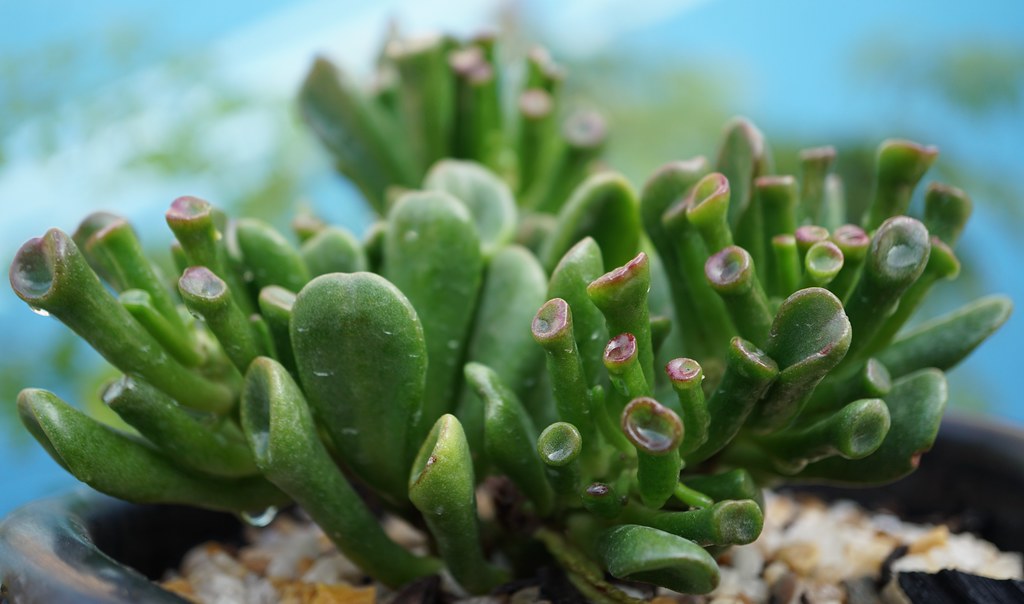
6. **Jade Plant**:The Jade Plant, or Crassula ovata, is a beloved succulent renowned for its distinctive thick, fleshy leaves and sculptural form, often gracing windowsills and desks as a symbol of good luck and prosperity. Its resilient nature and attractive appearance make it a favorite among plant enthusiasts, yet for pet owners, this popular houseplant carries an element of mystery regarding its toxicity. Experts acknowledge its danger but are uncertain about the precise compounds that cause its harmful effects.
What is known, however, is that Jade Plants should be kept diligently away from furry household members. Despite the unknown toxic compounds, the plant has been observed to cause adverse reactions in pets. Some animals, particularly those with a curious nature, find the succulent leaves irresistible, making accidental ingestion a distinct possibility in homes where these plants are freely accessible.
Should a pet ingest part of a Jade Plant, pet owners should be alert for a range of symptoms. Common signs include nausea and vomiting, often accompanied by a general lethargy or depression. More concerning indicators might involve disorientation, impaired coordination, or even convulsions, suggesting a more severe reaction. While most reported poisonings from Jade Plants are thankfully on the milder side, the uncertainty surrounding its toxicity makes it prudent to exercise extreme caution.
Therefore, to ensure the utmost safety for your dogs and cats, it is always best not to take chances with Jade Plants. Secure placement, such as on high shelves or in areas strictly off-limits to pets, is highly recommended. By proactively managing where your Jade Plants are located, you can maintain a beautiful indoor garden without putting your curious companions at risk, fostering a safe and harmonious living space for everyone.
Read more about: Beyond the Hype: Unearthing 14 Remarkable Yet Underrated Automotive Gems American Drivers Overlook

7. **Kalanchoe**:Kalanchoe, often known by its evocative common names such as Mother of Millions, Chandelier Plant, or Mother-in-Law Plant, is widely admired for its vibrant and long-lasting flowers, which bring a splash of brilliant color to any indoor setting. These plants are frequently chosen for their decorative appeal and relative ease of care. However, beneath their charming floral display, Kalanchoe species harbor potent compounds that demand careful attention from pet owners.
The primary toxic substances within Kalanchoe plants are bufadienolides, which are a type of cardiac glycoside. While these compounds are indeed cardiac toxins, it is reassuring to note that pets rarely ingest a sufficient quantity of the plant material for the cardiac effects to become a major concern. The more commonly observed issues stemming from Kalanchoe ingestion are typically gastrointestinal in nature, affecting your pet’s digestive system.
If a pet samples a Kalanchoe plant, the most common symptoms to watch for include vomiting and diarrhea, which can lead to general weakness. While instances of abnormal heart rate and rhythm are rare, they are a possibility, particularly if a larger amount of the plant has been consumed. Any suspicion of significant ingestion, especially if accompanied by unusual lethargy or changes in behavior, warrants an immediate visit to your veterinarian to ensure your pet’s well-being.
To safeguard your furry friends from the potential risks associated with Kalanchoe, it is always best to keep these plants well out of reach. Their beautiful flowers and interesting foliage can be tempting to curious pets, making elevated placement or restricted access areas essential preventative measures. By taking these simple precautions, you can continue to enjoy the aesthetic beauty of Kalanchoe while providing a safe and worry-free environment for your beloved companions.
Continuing our exploration of common houseplants that pose risks to our furry companions, we now delve into more varieties that homeowners should approach with caution. It’s crucial to extend our knowledge beyond the most frequently mentioned plants, as many seemingly innocent greens can harbor hidden dangers. Our mission remains clear: to empower you with the practical information needed to safeguard your pets, ensuring every corner of your home is a safe and joyful space for them.
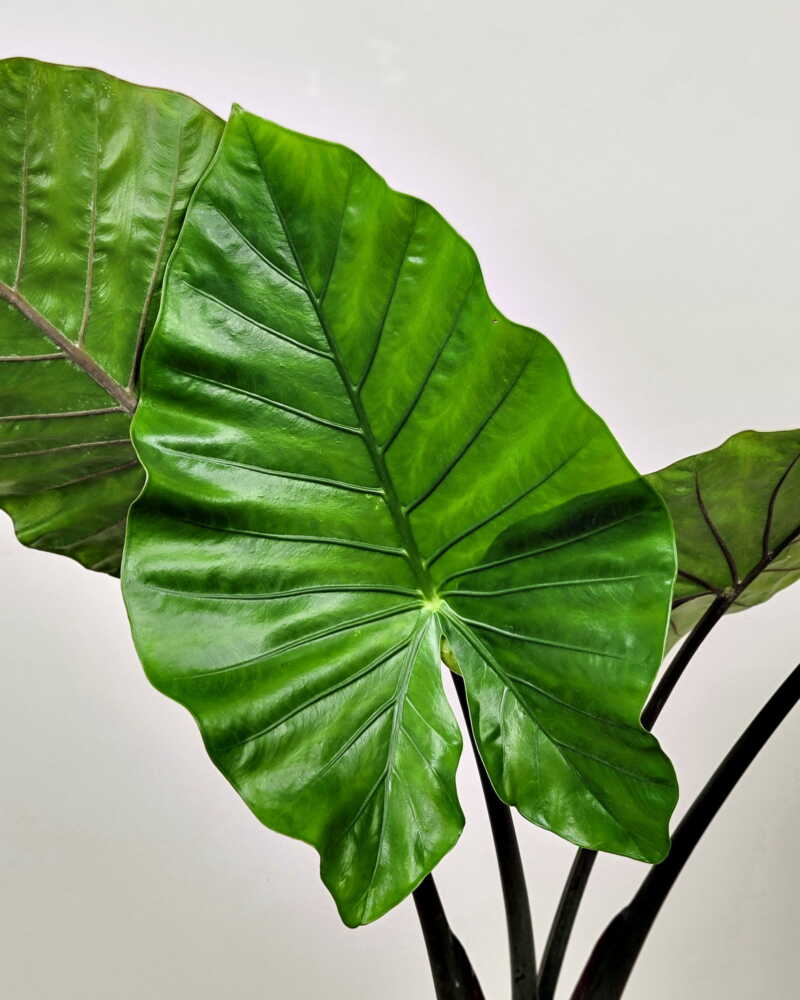
8. **Alocasia (Elephant’s Ear)**:Alocasia, dramatically known as Elephant’s Ear, captivates with its large, striking leaves, adding a tropical element to any indoor space. Its bold aesthetic makes it a popular decorative choice. However, all varieties of Alocasia are toxic to curious cats and dogs, demanding vigilant awareness from homeowners.
The primary danger stems from insoluble oxalate crystals within the plant. When a leaf is bitten or chewed, these needle-like crystals embed into sensitive mouth tissues, causing intense burning and severe irritation. This often deters further ingestion due to profound discomfort and can cause mouth or tongue swelling, making eating or drinking difficult.
If your pet nibbles on Alocasia, expect distressing symptoms like excessive drooling, vomiting, and diarrhea. For cats, ingesting Alocasia has been linked to potential kidney failure in severe cases. This highlights the serious nature of its toxicity, especially for felines.
To protect your beloved pets, keep Alocasia plants far out of reach. Elevated shelves or rooms strictly inaccessible to animals are ideal placement. Proactive prevention ensures your plant’s beauty doesn’t inadvertently compromise your pet’s health and comfort.
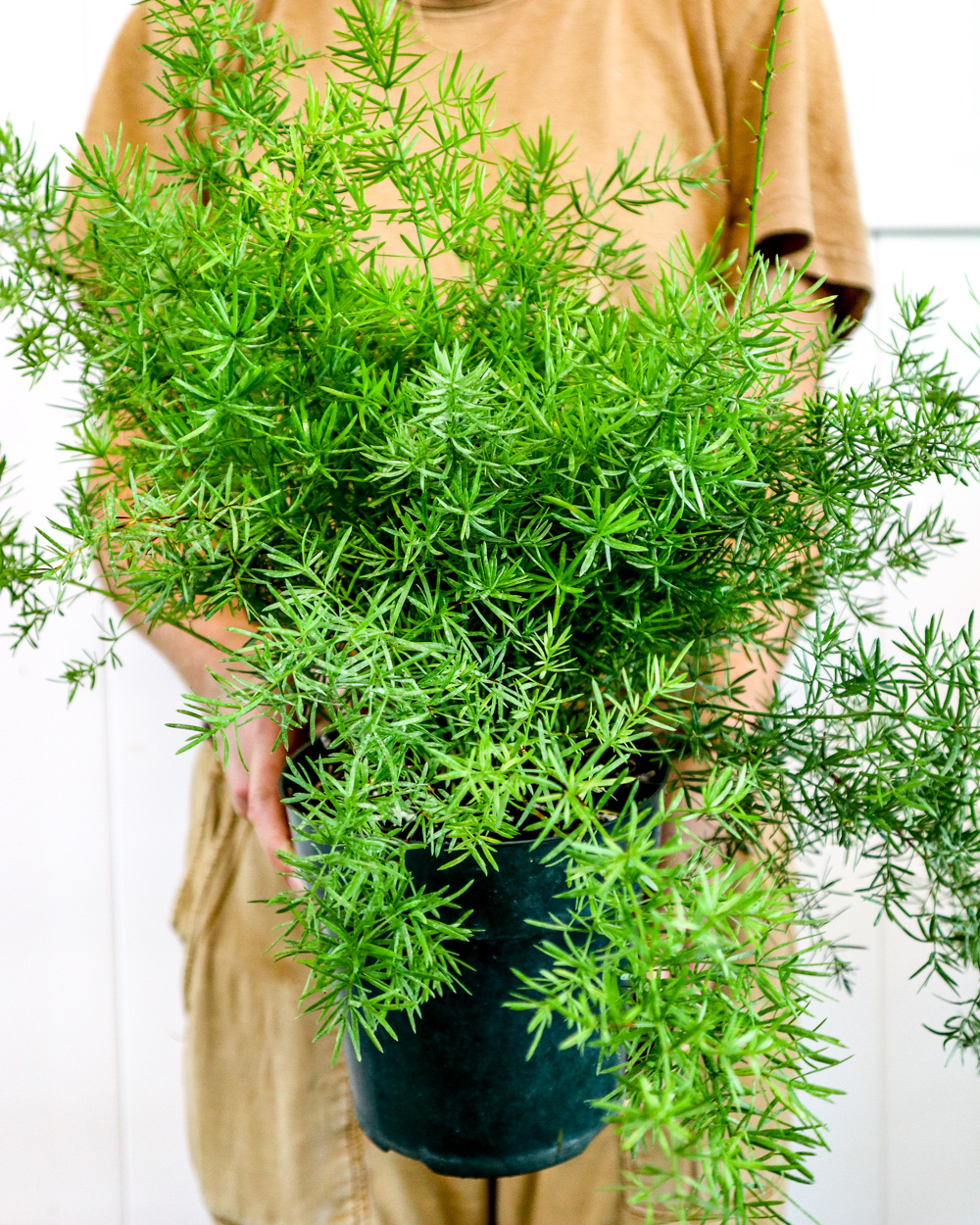
9. **Asparagus Fern**:The Asparagus Fern, with its delicate, feathery fronds, presents an innocent grace, often chosen for hanging baskets or decorative displays. Despite its appearance, this plant holds a surprising secret that can cause distress for our pets, underscoring the importance of understanding its hidden dangers.
This plant contains compounds known as sapogenins. They are problematic with skin contact; repeated exposure to fronds can cause dermatitis, or skin inflammation, causing itching and irritation. Of greater concern are the plant’s berries, which can develop on pollinated indoor plants.
These small, often red, berries are quite poisonous to your pets. If ingested, they cause gastrointestinal issues, including diarrhea, vomiting, and stomach pain, leading to more significant health concerns beyond just skin irritation.
Given the dual risks of skin irritation and berry toxicity, prevention is key. Prevent pets from rubbing against Asparagus Ferns. If your plant produces berries, ensure pets cannot access them, as they are the most dangerous part. Placing these plants in high areas or using hanging baskets are excellent, proactive approaches.
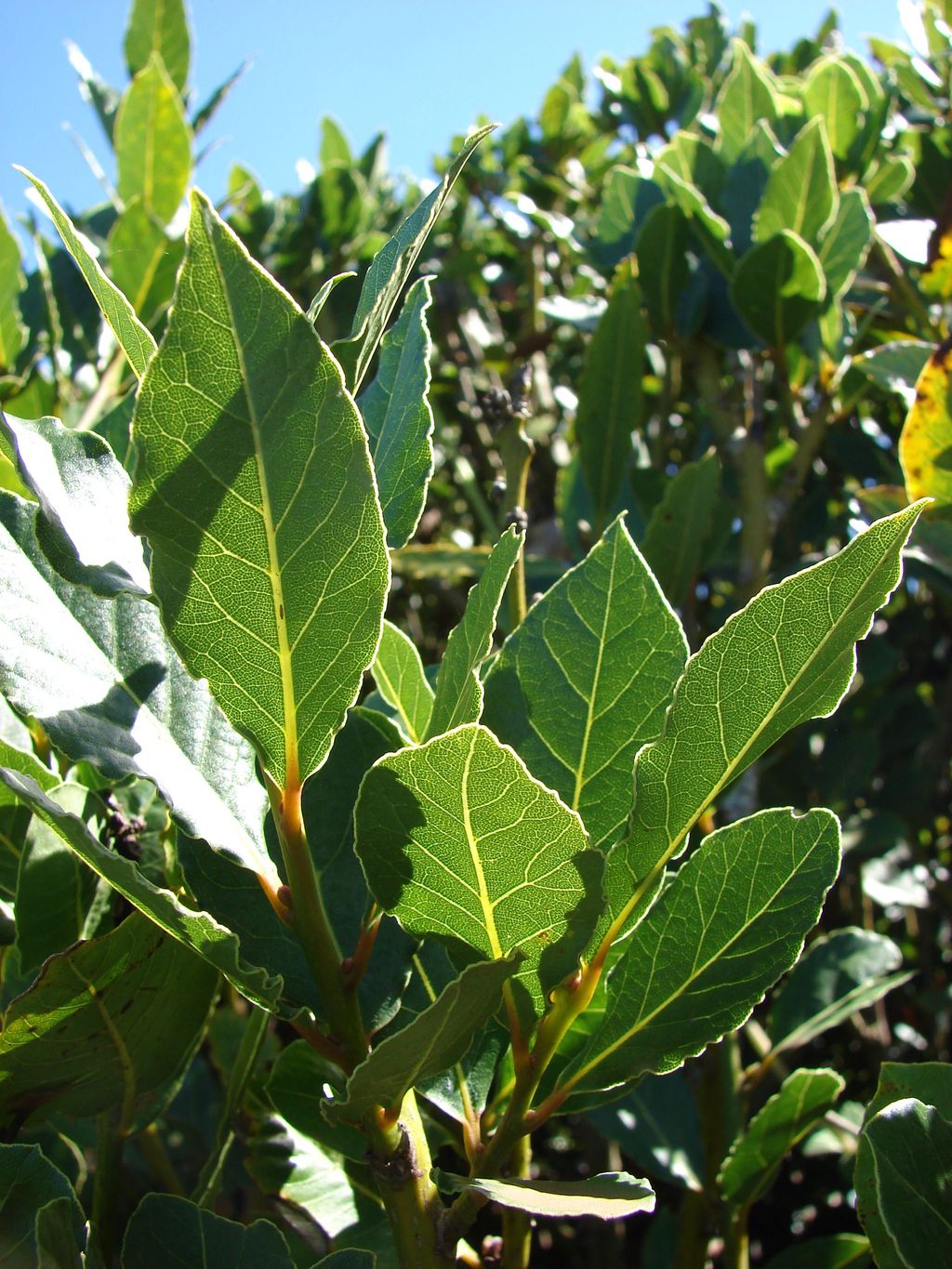
10. **Bay Laurel**:Bay Laurel, with its fragrant leaves, is a cherished indoor herb for many gardeners. Its aromatic presence adds sophistication to a sunny windowsill. However, this culinary gem poses a significant threat to both dogs and cats, demanding critical warning for pet owners.
The toxicity stems from the essential oil eugenol, present in its leaves and flowers. This compound is known to damage the liver of pets, making any ingestion a serious concern with potential long-term health implications.
Physically, bay leaves themselves present an additional hazard; they are often large with sharp edges. If a pet ingests Bay Laurel leaves, symptoms include vomiting and diarrhea. Whole leaves can also pose a significant risk of throat or bowel obstruction, an acute emergency requiring prompt veterinary intervention.
Given both chemical and physical dangers, exercise extreme caution. Store bay leaves securely, and keep growing plants completely out of reach. Opting for artificial alternatives or placing this plant in an inaccessible area prevents accidental ingestion and protects your pets from these serious health risks.
Read more about: Beyond the Red Carpet: Unveiling the Must-Visit Celebrity-Owned Restaurants Making Waves in 2025
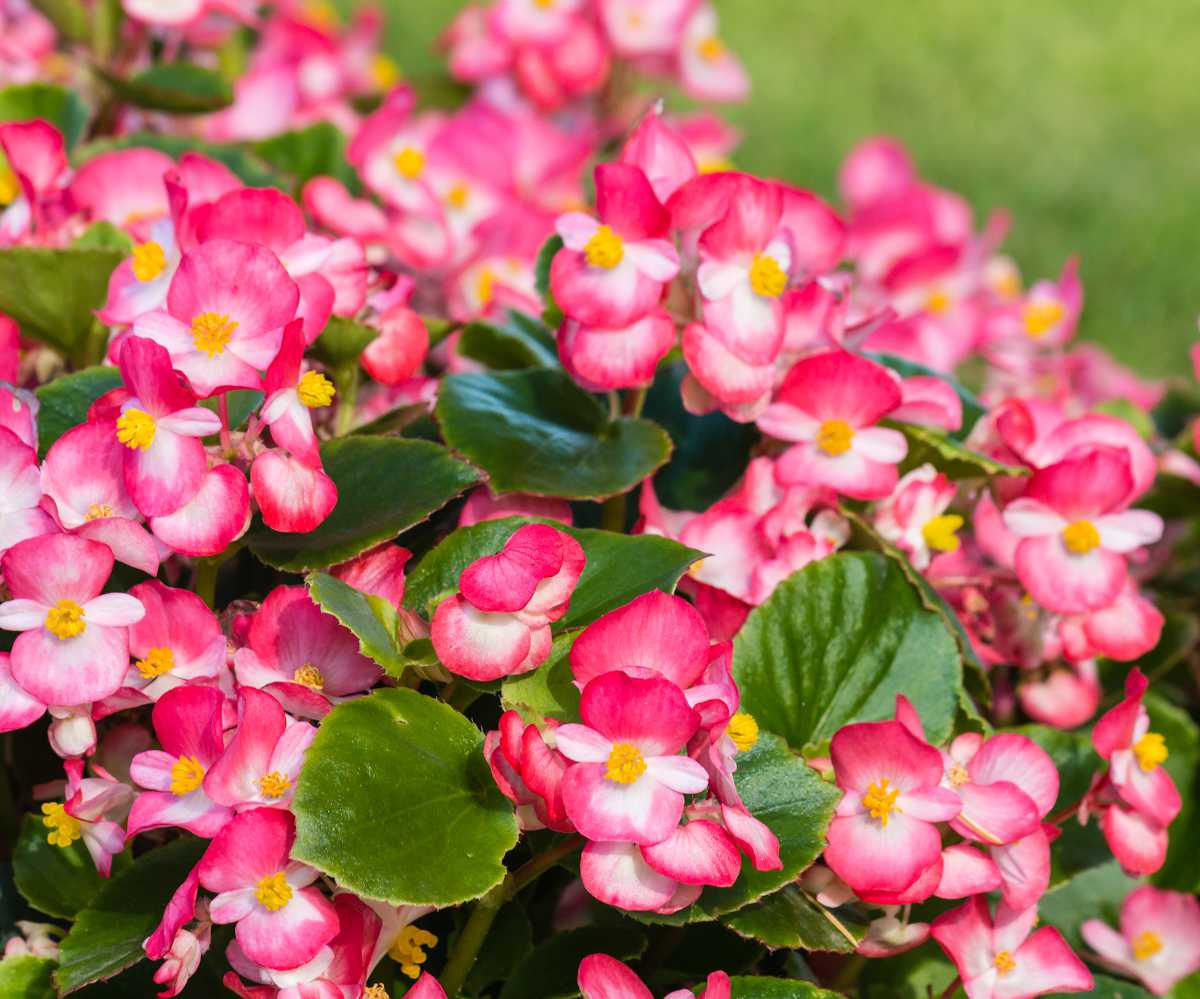
11. **Begonia**:Begonias, with their vibrant blooms and varied foliage, are common, cherished houseplants, enhancing many spaces. Yet, behind this appealing facade, Begonias harbor toxic compounds that cause significant discomfort, particularly for our canine and feline companions.
The primary danger lies in calcium oxalates. These substances cause severe oral irritation when pets chew the plant’s leaves or stems. Released needle-like crystals embed in delicate mouth tissues, causing an intense burning sensation and profound discomfort. This unpleasant reaction typically deters pets from consuming large quantities.
Should a pet ingest Begonia, symptoms include profuse drooling, indicating oral pain, along with vomiting and diarrhea. A general sense of lethargy might also be observed as your pet copes with the irritation. Fortunately, due to the immediate unpleasant taste, severe poisonings are uncommon.
The most toxic parts, tubers and rhizomes, are typically underground, reducing severe exposure risk for indoor pets. To ensure pet safety, keep all Begonia plants well out of reach. Placing them on high shelves or in decorative containers inaccessible to pets are effective preventative measures.
Read more about: Beyond the Mug: Some Brilliant Life Hacks for Your Leftover Coffee and Grounds

12. **Caladium**:Caladium plants captivate with breathtaking, showy foliage in vibrant colors and intricate patterns. These “fancy-leafed” plants add exotic flair indoors. However, captivating as they are, Caladiums carry a hidden risk for pets, demanding homeowners’ vigilant awareness.
The inherent danger, like Dieffenbachia, lies in insoluble oxalate crystals. When a pet chews on leaves, stems, or stalks, these sharp, needle-like crystals are immediately released. They penetrate and embed into delicate tissues of the mouth, lips, and tongue, causing intensely painful and severe burning.
If your pet ingests or chews on a Caladium, you’ll notice distinct symptoms. Excessive drooling is a common immediate sign, as the pet tries to alleviate oral discomfort. This is often accompanied by vomiting and diarrhea, reflecting the systemic upset caused by the oxalates.
In some cases, irritation can cause visible swelling of the mouth or tongue, potentially making swallowing difficult. Behavioral changes such as head shaking and pawing at the mouth may also be observed. While immediate pain often limits ingestion, any exposure causes considerable distress. Caladium plants should always be placed well out of reach.
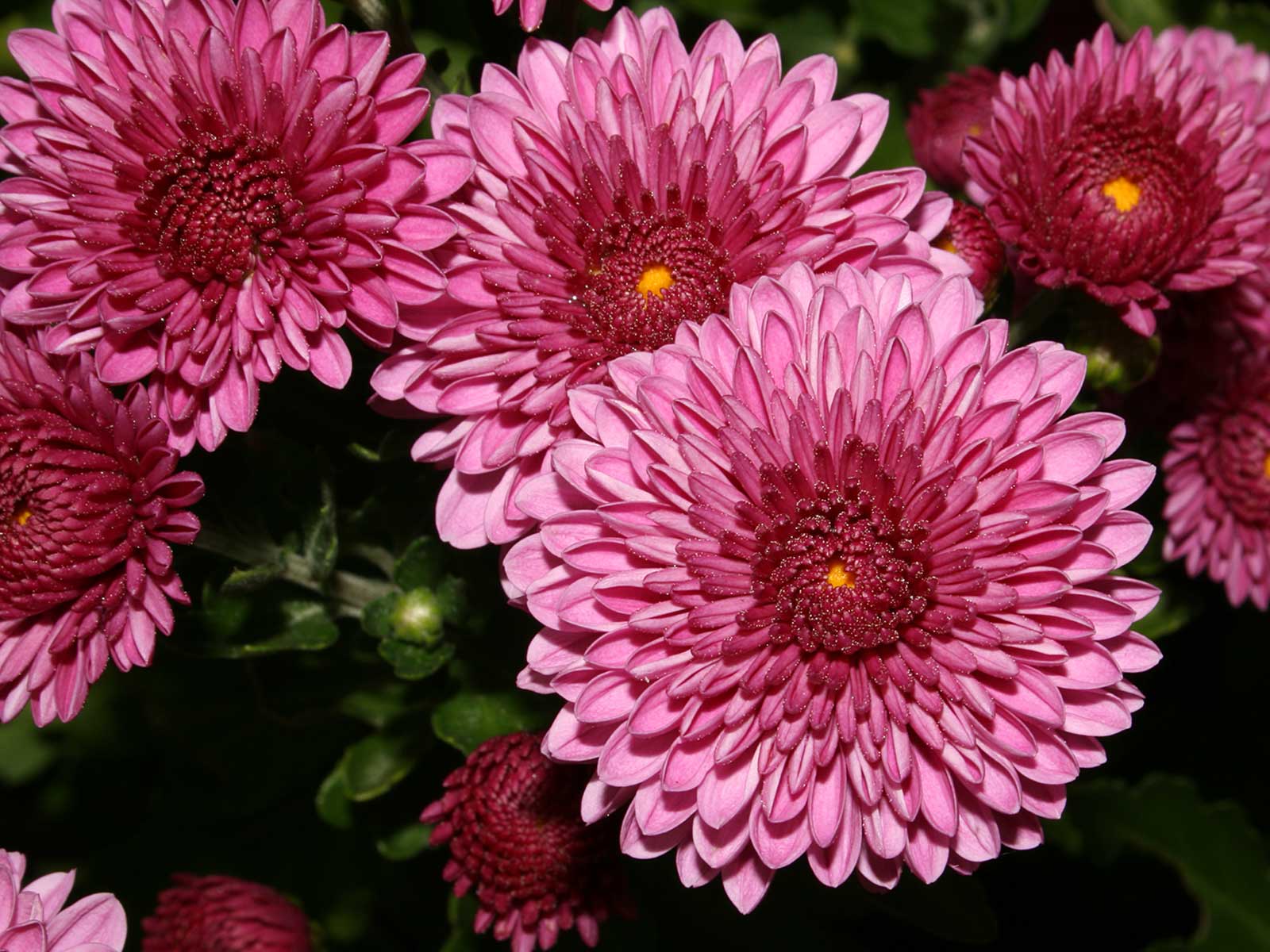
13. **Chrysanthemum (Mums)**:Chrysanthemums, or “Mums,” are quintessential autumn flowers, renowned for their dense, cheerful blooms. Popular as both outdoor plants and indoor decorations, their widespread presence means pet owners must be particularly aware of their toxic nature.
These flowers contain several toxic compounds, including pyrethrins, natural insecticides. When ingested by pets, these substances cause a range of adverse reactions, impacting various bodily systems. It highlights why curious pets should steer clear of them.
If your pet samples a Chrysanthemum, watch for common symptoms of gastrointestinal upset. These include excessive salivation, indicating oral irritation or nausea, along with frequent vomiting and diarrhea. Pets might also exhibit a noticeable loss of coordination or even dermatitis, suggesting a broader systemic reaction.
The signs of poisoning can also include hyper-salivation. Given their popularity and variety of toxins, all Chrysanthemums should be kept far away from curious pets. If you bring potted mums indoors, ensure they are placed in areas completely inaccessible to your animals. Choosing pet-safe alternatives ensures a festive and worry-free home.
14. **Clivia (Bush Lily, Kaffir Lily)**:Clivia, also known as Bush Lily or Kaffir Lily, is a striking flowering houseplant, admired for its vibrant, trumpet-shaped blooms and lush leaves. Its elegant appearance makes it a beautiful addition to any home. Resembling Amaryllis, it shares a similar warning regarding its toxicity to our beloved pets.
The plant contains various alkaloids, the primary toxic compounds. While present throughout, the bulbs are considered most poisonous, holding significantly higher concentrations. Ingesting these compounds can lead to a range of unpleasant, and potentially serious, symptoms for pets.
Should a pet ingest Clivia, watch for excessive salivation, vomiting, and diarrhea, signaling gastrointestinal distress. These symptoms can be uncomfortable, leading to general unease or lethargy. In severe instances, especially if a large amount of the bulb is consumed, pets might exhibit convulsions, tremors, very low blood pressure, and even cardiac arrhythmias, requiring immediate veterinary intervention.
While substantial ingestion is often needed for severe danger, err on the side of caution. Keep all Clivia plants tucked away and out of reach. Place them on high ledges or in strictly inaccessible rooms, ensuring their beauty doesn’t inadvertently lead to an emergency.

15. **Croton (Codiaeum sp.)**:Croton plants dazzle with vibrant, diverse foliage in reds, oranges, yellows, and greens. Their unique leaves and bold colors make them favorites for exotic indoor touches, enhancing aesthetics. However, visually captivating as they are, Crotons contain compounds that pose a notable risk to curious pets.
The primary danger comes from the bark, roots, and especially the sap. These parts contain an irritant compound released when a pet chews the plant, causing immediate discomfort. The sap is known to cause blistering and swelling around the mouth upon direct contact, making ingestion very unpleasant.
If your pet ingests Croton, observe for blistering and swelling around the mouth, followed by abdominal pain, nausea, vomiting, and diarrhea. Irritated eyes can also occur if the sap comes into direct contact during curious exploration.
While symptoms are typically milder, they are uncomfortable and distressing for your pet. Any significant ingestion warrants prompt attention. To prevent this discomfort, keep Croton plants where they cannot be easily accessed, especially by pets who chew. Securing them on high shelves or in closed-off spaces are practical, effective steps to maintain a safe and beautiful home.
Creating a pet-safe home environment doesn’t mean sacrificing the beauty and tranquility that houseplants bring. It simply means making informed choices and taking thoughtful precautions. By understanding which plants pose a risk and implementing simple preventative measures, you can continue to enjoy the lushness of indoor greenery while ensuring the health and happiness of your cherished animal companions. Remember, a little knowledge goes a long way in cultivating a safe haven where both your plants and your pets can thrive harmoniously and without worry.

